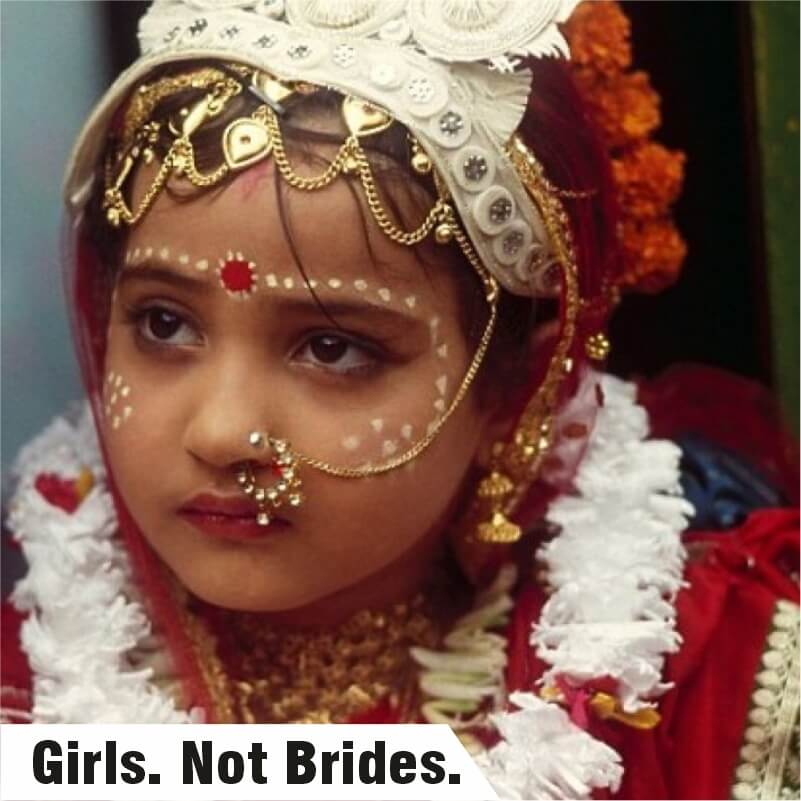Children are innocent, trusting and full of hope. Their life should be joyful and loving and they should mature gradually gaining new experiences. However, the truth for many children, especially girls, is often clouded with horrendous experiences. Child marriage continues to prevail in many parts of the world. Unfortunately, in many communities child marriage remains a tradition and a norm. Millions of adolescents are married against their will every year without really understanding the consequences of what they are complying with.
Marriage is regarded as child marriage; when a matrimonial union occurs between a minor girl or minor boy, or one of them does not reach the legal age of marriage. The practice is more common among girls than boys. But it is a violation of the fundamental human rights of children regardless of sex, leaving physical, psychological and emotional scars for life. Their freedom to learn and play is taken away.
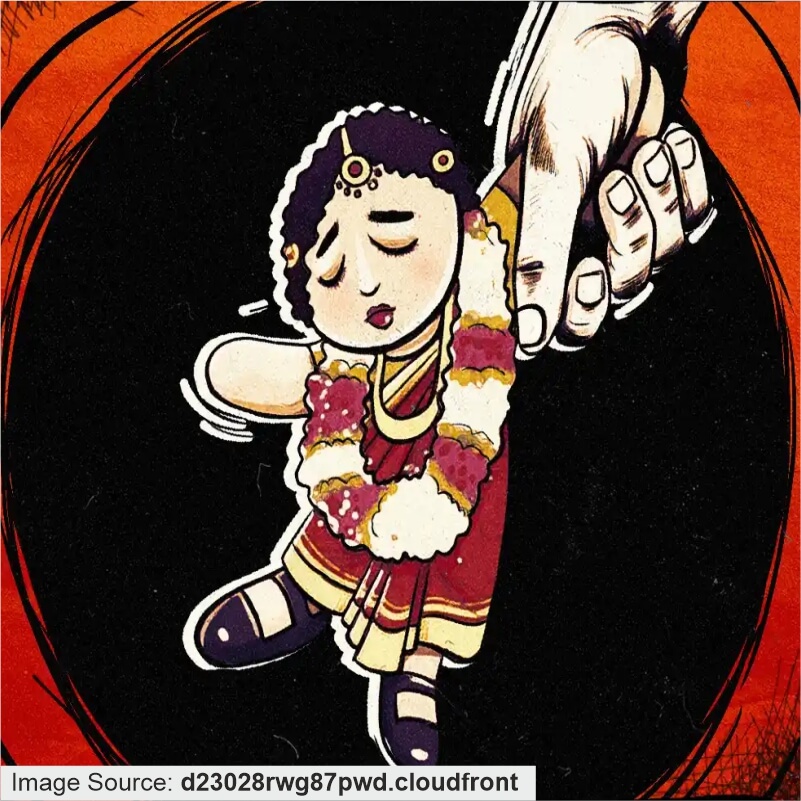
Child marriage is practically a form of early and forced alliance. Many factors enable child marriage- Gender inequality, debt repayment, social norms, lack of education, bride price, dowry, cultural traditions, religious pressure, regional customs, fear of child remaining unmarried, social pressure, poverty, control over sexuality, protecting family honour, sealing land or property disputes, low status of women in the society and lack of education. Child brides can be found in every region of the world. The reasons girls are married at a young age are diverse. In many places whenever a girl child is born, they consider them someone else's property. Giving a daughter in marriage allows parents to reduce family expenses by ensuring they have one less person to feed, clothe and educate. Families and sometimes girls themselves believe that marriage will be a solution to secure their future. This is because stereotypes prevail in our society that if a girl does not get married people will start to gossip about her. She will lose her reputation, and people will think she is having affairs. For a man, it is less of an issue. He can remain single.
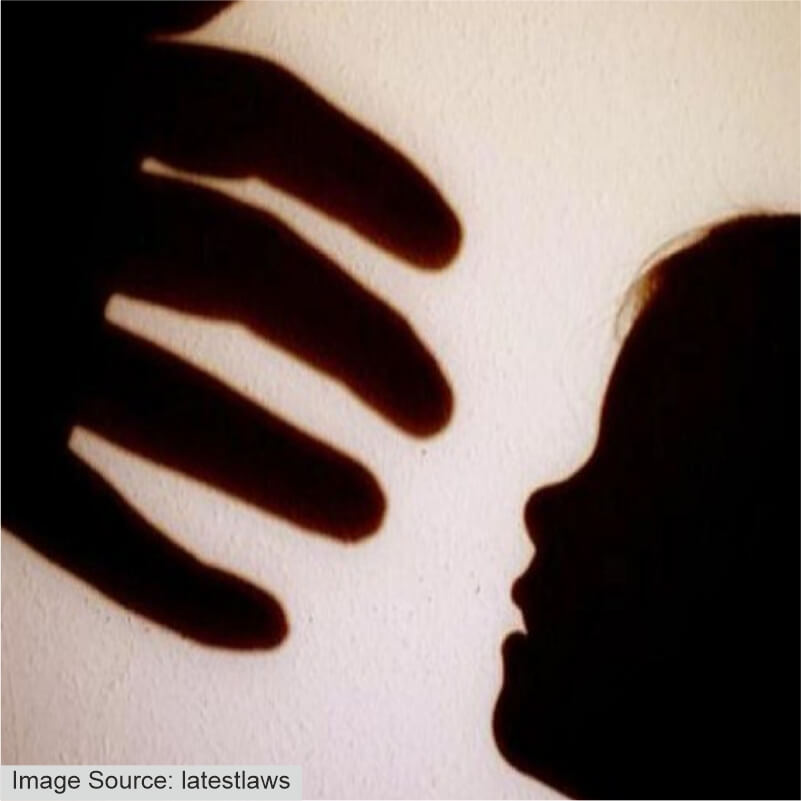
Most girls married under 18 likely face domestic violence within their matrimonial homes. It leads to social isolation interrupting her schooling, limiting her opportunities for career and vocational skills. Household responsibilities fall on the girls. They are forced into adulthood. They are expected to look after the house and the family even if they are physically and mentally not ready for it. When girls are deprived of education, their ability to earn a living and become economically independent drastically decreases. Unequal opportunity to education, income inequality, dependence on men to provide, household responsibilities, keep girls in a cycle of poverty and imprisoned at home to perform unpaid domestic labour. Lack of outside opportunities restricts their abilities to reach their ambitions.
Around 12 million girls give birth every year. Forced pregnancy and childbearing at a young age are often results of child marriage. Usually, sexual activities start soon after the wedding which leads to pregnancy. Conceiving below the age of 18 is life-threatening for both the mother and the child because the girl's body is not mature enough to deliver without complications. Their health is also put at risk due to the contraction of sexually transmitted diseases like HIV/AIDS and more. According to the World Health Organization, the leading cause of death for women aged 15-19 years is due to complications in pregnancy and childbirth. And babies born to adolescent mothers face a considerably higher risk of dying, with a higher likelihood of low birth weight, malnutrition and underdevelopment.
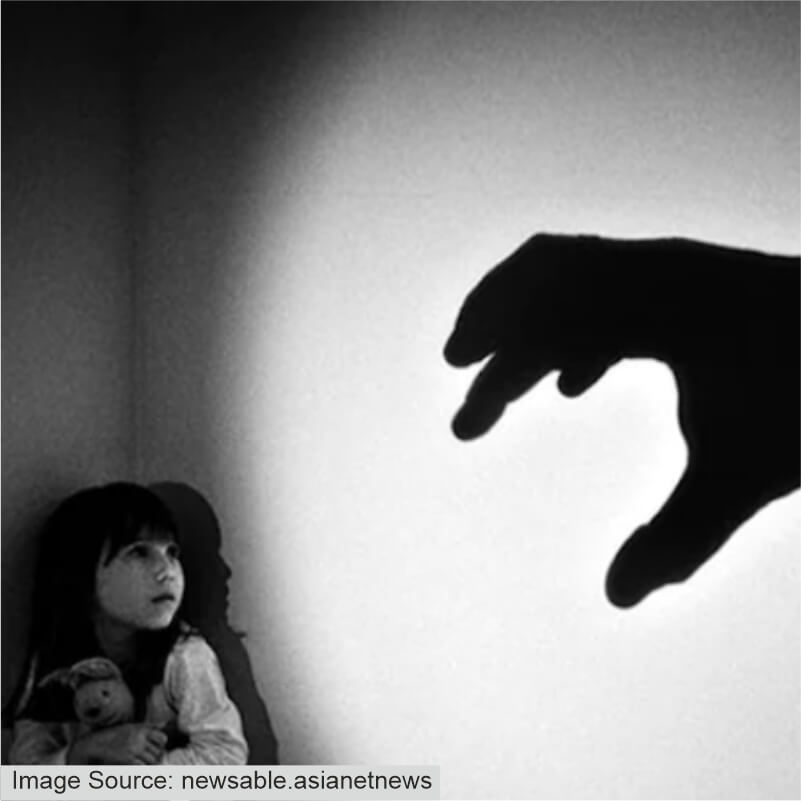
Child marriage has been a social phenomenon practised in some societies in India. It has been a hard battle to fight because of its root in traditional, cultural and religious practices. As per the laws of the Indian government, the legal age for marriage is 18 for females and 21 for males. The states with the highest rates of child marriage are Bihar, Rajasthan, Jharkhand, Uttar Pradesh, West Bengal, Madhya Pradesh, Andhra Pradesh and Karnataka.
Child marriage in India is a pressing issue for population control as adolescent brides are likely to have high fertility and a number of unwanted pregnancies. The Indian government passed a law the Child Marriage Restraint Act, in 1929 banning the practice of child marriage. The government of India brought the Prohibition of Child Marriage Act in 2006 to address and fix the shortcomings of the Child Marriage Restraint Act. In 2020, Prime Minister Narendra Modi in his Independence Day address, had voiced the government’s purpose to raise the age of a girl for marriage. A cabinet meeting was chaired by him to modify the law of marriage. The cabinet has approved the proposal for increasing the legal minimum age of marriage for women from 18 to 21 years making it equal to that of men. The government will introduce an amendment to the Prohibition of Child Marriage Act, 2006, and consequently, bring amendments to the Special Marriage Act and personal laws such as the Hindu Marriage Act, 1955. The committee asserted sex education be formalised and introduced in the school curriculum. To ensure that an increase in the age for marriage can be implemented, training for women in polytechnic institutes, skills and business training and livelihood enhancement has also been a part of the recommendations.
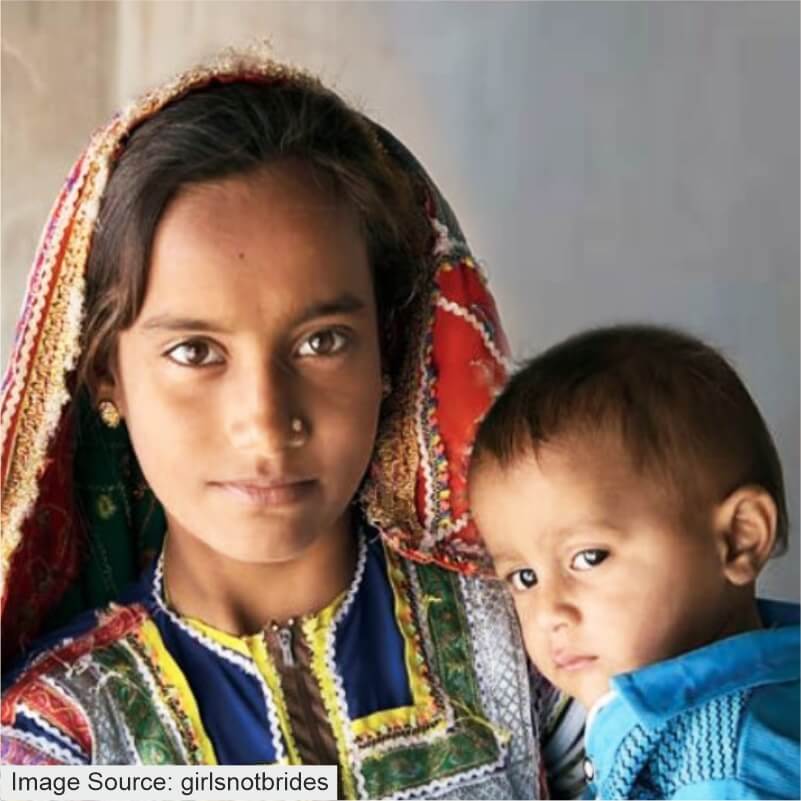
The prevalence of child marriage is decreasing globally with increasing development. Still, the total number of girls married in childhood is 12 million per year. According to UNICEF, more than 15 million girls will lose their childhood due to child marriage by 2030. Child marriage keeps the cycles of poverty, poor health, illiteracy, and violence going that have negative impacts on overall development, prosperity, and stability. Ending child marriage is the need of the hour. In order to achieve the target set out in the Sustainable Development Goals(SDGs), we need to take significant actions to end the evil practice by 2030. Child marriage not only impacts the girls' lives, but also their families, communities, and countries. Terminating it is essential for the future generation of girls as well as the world. Everyone from individuals to world leaders must challenge the traditional norms. We must extinguish the fire that ignites the idea of boys being superior to girls. We need to empower children, especially girls to be the author of their stories and encourage them to be independent first and then find a partner only after attaining the legal age for marriage. Children have the right to survive, develop, be protected and participate in decisions that impact their lives. Every citizen must be accountable for ensuring child rights for every child in the country. Laws need to be introduced to tackle this social evil and create a free and safe world for girls and women.
